Sacrebleu! Russian contemporary art takes Paris by storm
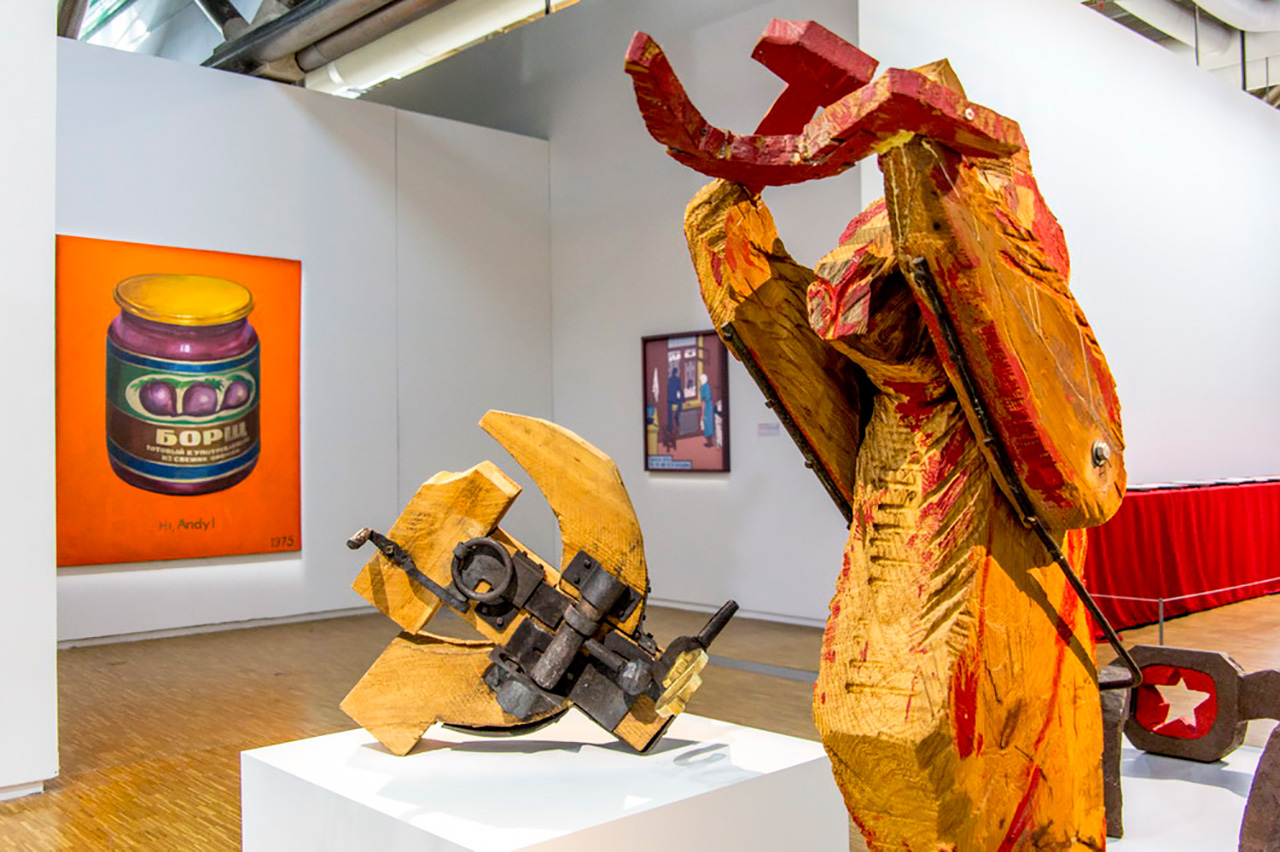
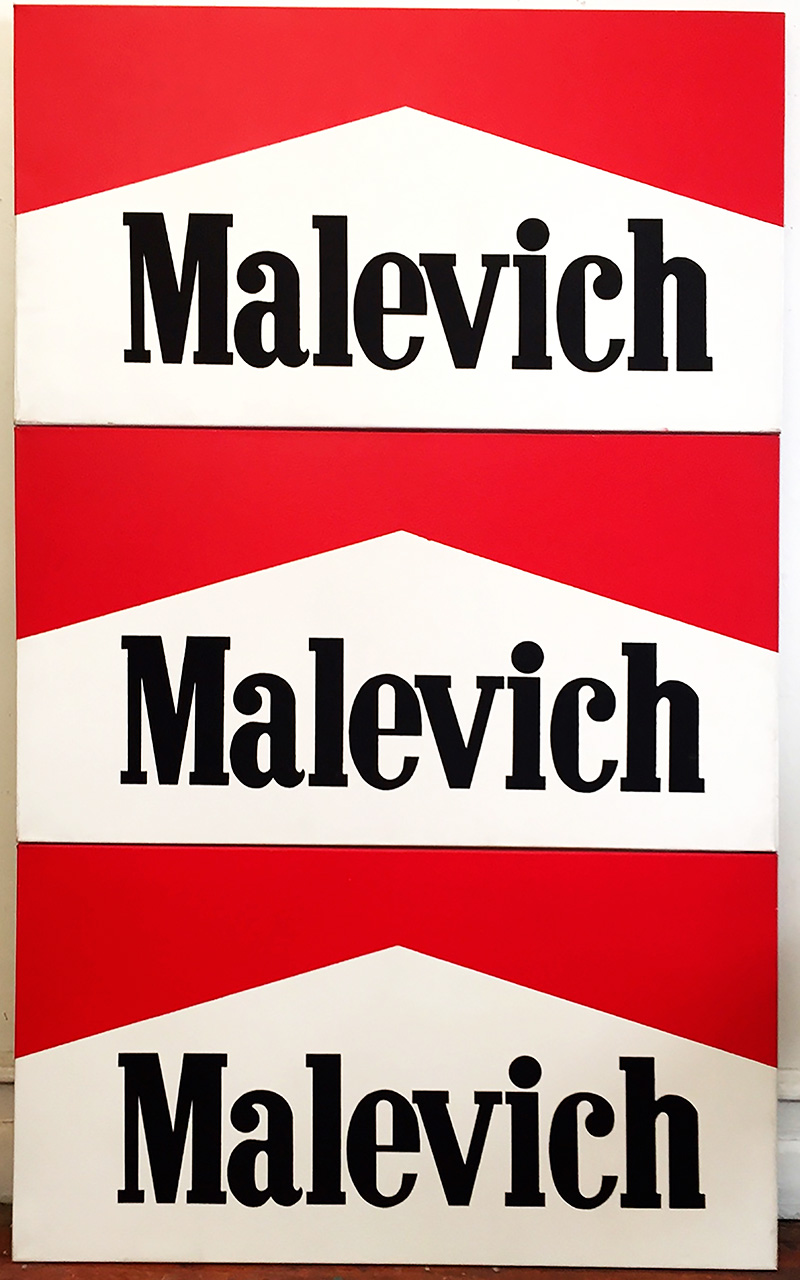 Showpieces of the "Kollektsia! Contemporary art in the USSR and Russia 1950-2000" exhibition. Source: The Vladimir Potanin Foundation
Showpieces of the "Kollektsia! Contemporary art in the USSR and Russia 1950-2000" exhibition. Source: The Vladimir Potanin Foundation
Over a year ago, the Vladimir Potanin Foundation and Centre Pompidou arranged for a collection of Russian contemporary art to be gifted to the famous French museum. The goal was to fill the gaps in the museum’s collection of Russian Post-War art. On the Russian side, the curator and driving force behind the project was Olga Sviblova, the director of the Multimedia Art Museum of Moscow. On the French side, it was Nicolas Liucci-Goutnikov. Their joint effort resulted in the exhibition, Kollektsia! Contemporary art in the USSR and Russia. 1950-2000. This major gift was unveiled in Paris in September.
The project, however, grew into something bigger and unprecedented. Even after the exhibition opened, gifts from collectors and Russian artists poured to Centre Pompidou, and there were so many that an extended version of the exhibition, Kollektsia+, opened at the museum on Feb. 27. Before the grand opening, RBTH spoke to Nicolas Liucci-Goutnikov.
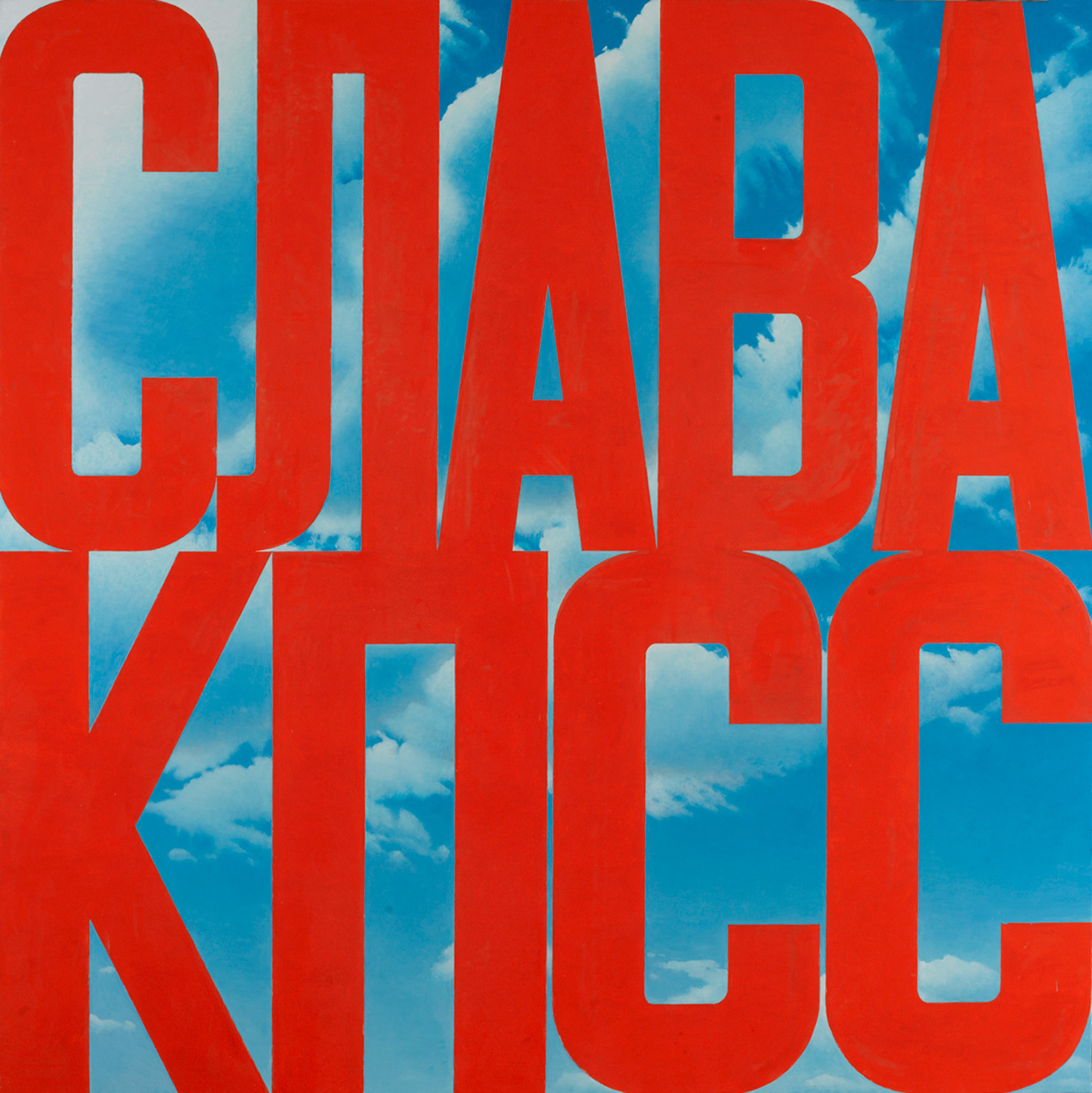 Showpieces of the "Kollektsia! Contemporary art in the USSR and Russia 1950-2000" exhibition. Source: The Vladimir Potanin Foundation
Showpieces of the "Kollektsia! Contemporary art in the USSR and Russia 1950-2000" exhibition. Source: The Vladimir Potanin FoundationRBTH: Kollektsia, the exhibition of gifts from the Vladimir Potanin Foundation to Centre Pompidou opened to the public in September. Is it already possible to assess its impact? What kind of reception did it get?
Nicolas Liucci-Goutnikov: The impact was extraordinarily positive! In the months since the exhibition’s vernissage in September, we have received over 100 gifts from various collectors, including Igor Tsukanov, and artists such as the Blue Noses group. Hence, starting Feb. 27 we present an extended version of the exhibition, Kollektsia+, also backed by the Potanin Foundation. As for the crowds, they just keep on coming. This year is the Centre Pompidou’s 40th anniversary, and several thousands of visitors come to see the exhibition each day. It is truly astounding.
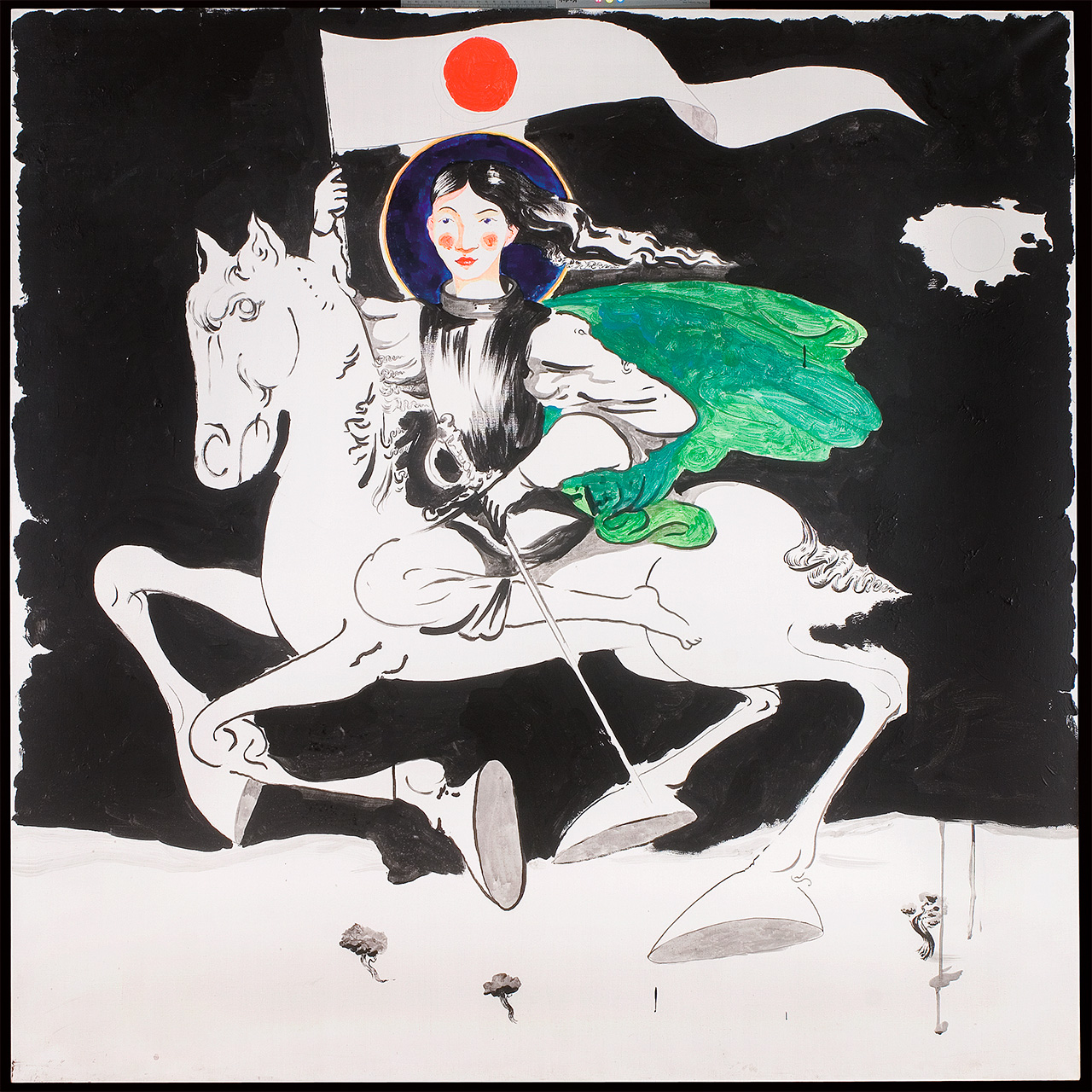 Showpieces of the "Kollektsia! Contemporary art in the USSR and Russia 1950-2000" exhibition. Source: The Vladimir Potanin Foundation
Showpieces of the "Kollektsia! Contemporary art in the USSR and Russia 1950-2000" exhibition. Source: The Vladimir Potanin Foundation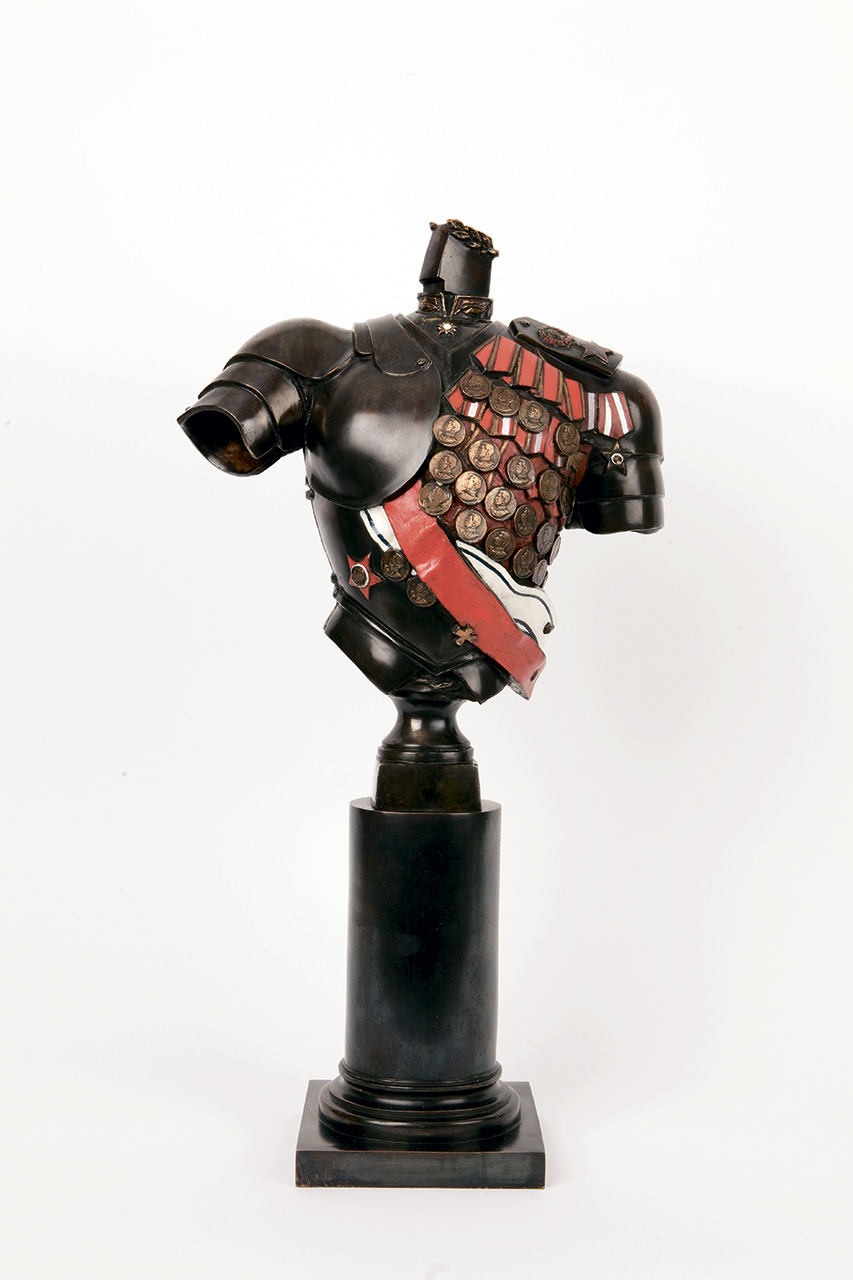 Showpieces of the "Kollektsia! Contemporary art in the USSR and Russia 1950-2000" exhibition. Source: The Vladimir Potanin Foundation
Showpieces of the "Kollektsia! Contemporary art in the USSR and Russia 1950-2000" exhibition. Source: The Vladimir Potanin FoundationRBTH: Would it be right to say the gift was what inspired other philanthropists and collectors? How do explain that?
Nicolas Liucci-Goutnikov: Certainly, this gift encouraged others and will probably go on to do the same. There are certain psychological reasons for this, namely, the fact that a human being, be it a collector or an artist, never wants to be left out. However, aside from basic motivations of this kind, I think what mattered most was the fact that new donors realized that the work started by Centre Pompidou was driven by a desire and a long-term commitment to create a collection of contemporary Russian art, which when added to the marvelous set of works already in the museum’s possession— including those by Kandinsky, Larionov and Goncharova — will enable us to cover both the 20th and 21st centuries completely.
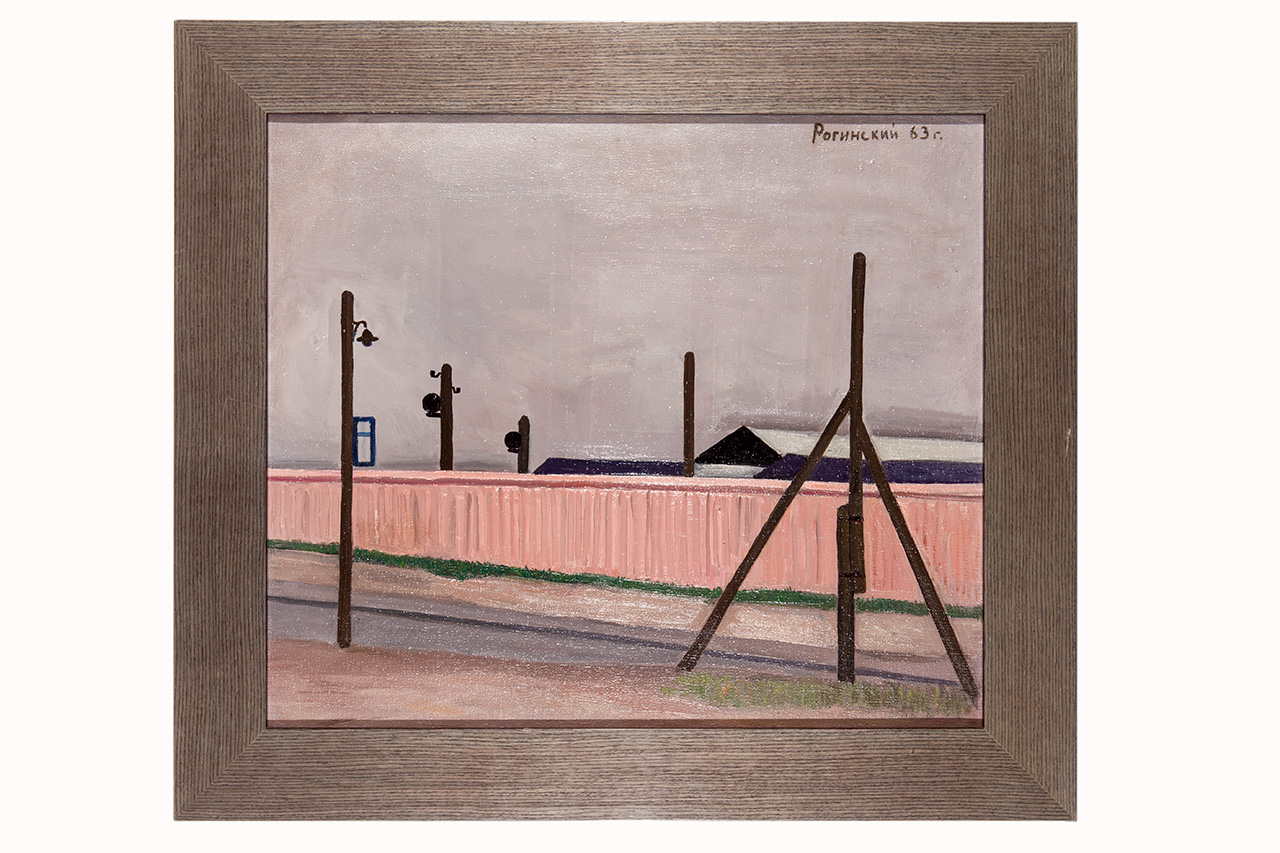 Showpieces of the "Kollektsia! Contemporary art in the USSR and Russia 1950-2000" exhibition. Source: The Vladimir Potanin Foundation
Showpieces of the "Kollektsia! Contemporary art in the USSR and Russia 1950-2000" exhibition. Source: The Vladimir Potanin Foundation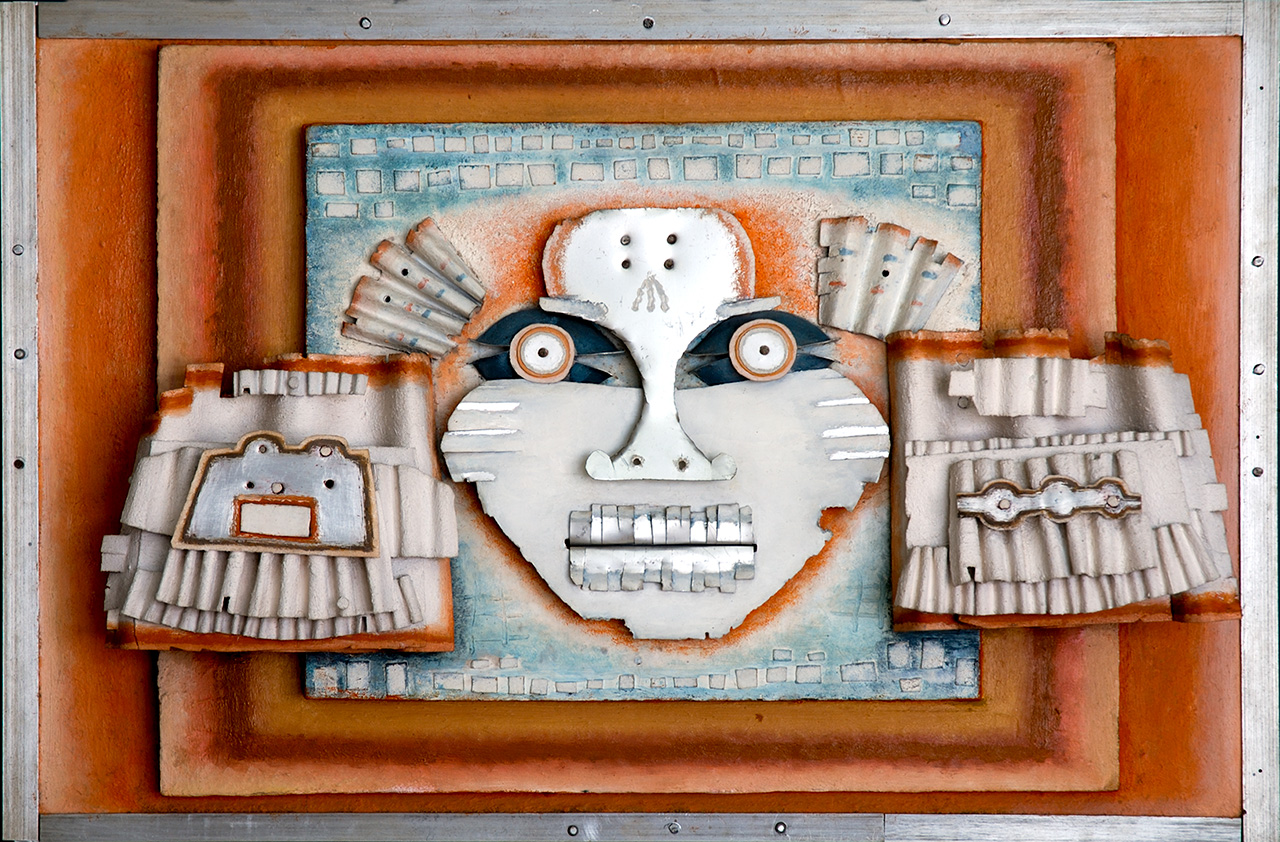 Showpieces of the "Kollektsia! Contemporary art in the USSR and Russia 1950-2000" exhibition. Source: The Vladimir Potanin Foundation
Showpieces of the "Kollektsia! Contemporary art in the USSR and Russia 1950-2000" exhibition. Source: The Vladimir Potanin Foundation Showpieces of the "Kollektsia! Contemporary art in the USSR and Russia 1950-2000" exhibition. Source: The Vladimir Potanin Foundation
Showpieces of the "Kollektsia! Contemporary art in the USSR and Russia 1950-2000" exhibition. Source: The Vladimir Potanin FoundationRBTH: Which consequences for Russian art and its image do you think this gift will have in France, or even internationally?
Nicolas Liucci-Goutnikov: The works by the numerous Russian artists who live or lived in France have often been misinterpreted, and the reason for this is that the specific context in which Nonconformist art had been developing from the late 1950’s onwards is largely unknown. I think the large collections of Nonconformist, Sots art and Conceptualist works that we managed to assemble will enable us to retrace the work of each artist, and therefore, give these works their full esthetic value back.
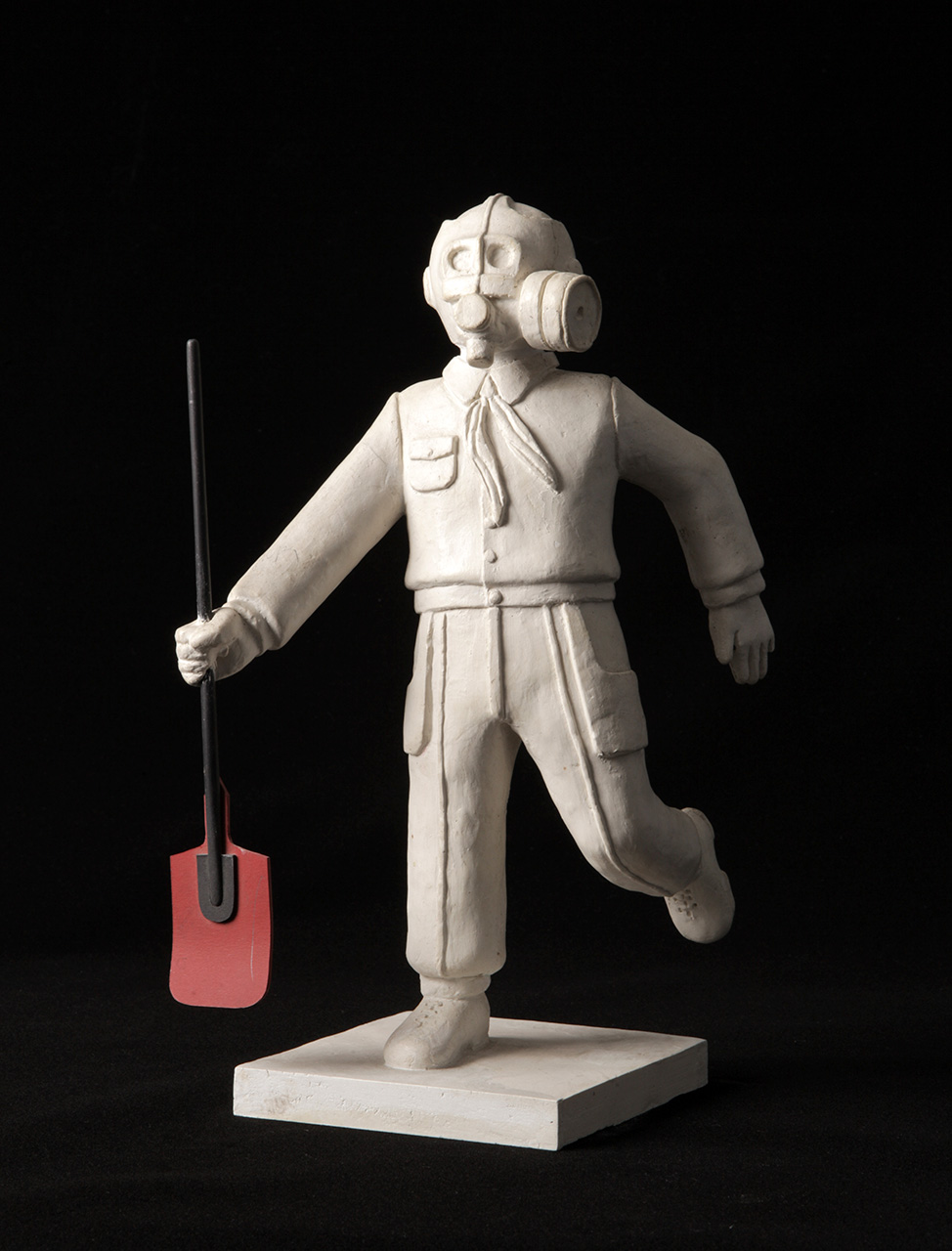 Showpieces of the "Kollektsia! Contemporary art in the USSR and Russia 1950-2000" exhibition. Source: The Vladimir Potanin Foundation
Showpieces of the "Kollektsia! Contemporary art in the USSR and Russia 1950-2000" exhibition. Source: The Vladimir Potanin Foundation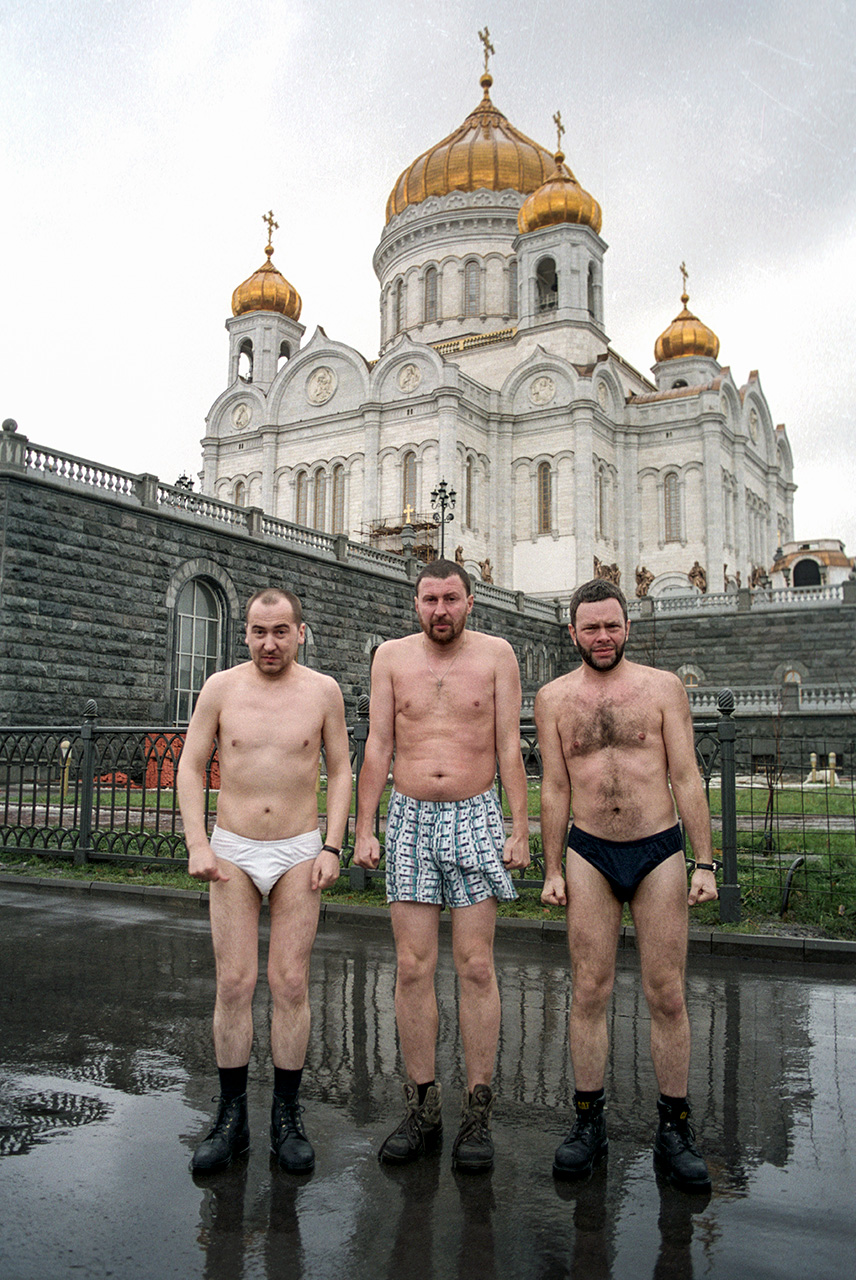 Showpieces of the "Kollektsia! Contemporary art in the USSR and Russia 1950-2000" exhibition. Source: The Vladimir Potanin Foundation
Showpieces of the "Kollektsia! Contemporary art in the USSR and Russia 1950-2000" exhibition. Source: The Vladimir Potanin FoundationTake the work of Edik Steinberg who had long been considered in France to offer nothing but a contemporary variation of Suprematism. The set of works given to us by his widow, Galina Steinberg, exposes the full force of his art, and makes clear that Steinberg’s ‘metageometry’ is marked with profoundly religious considerations that not only were alien to Malevich, but also clashed openly with the Soviet world. Ditto for Sots Art: how can you ever appreciate it without having at least some knowledge about the Soviet propaganda machine? The USSR vanished almost 30 years ago, so the younger generations are probably not familiar with the images that filled everyday life in that country. The collection we have just received lets people actually see all these ideological references distorted humorously by Komar & Melamid, Orlov, and Sokov.
 Showpieces of the "Kollektsia! Contemporary art in the USSR and Russia 1950-2000" exhibition. Source: The Vladimir Potanin Foundation
Showpieces of the "Kollektsia! Contemporary art in the USSR and Russia 1950-2000" exhibition. Source: The Vladimir Potanin Foundation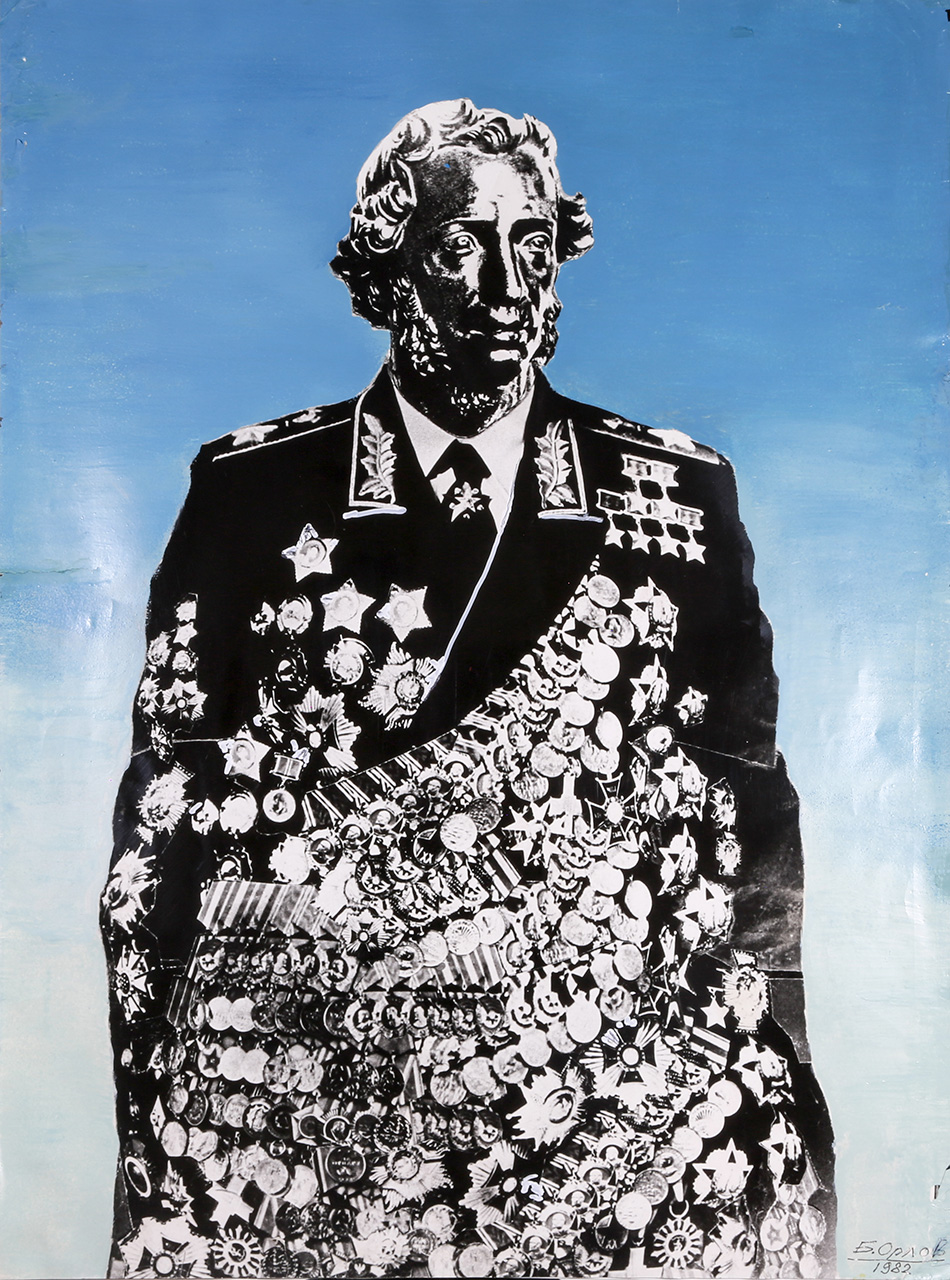 Showpieces of the "Kollektsia! Contemporary art in the USSR and Russia 1950-2000" exhibition. Source: The Vladimir Potanin Foundation
Showpieces of the "Kollektsia! Contemporary art in the USSR and Russia 1950-2000" exhibition. Source: The Vladimir Potanin FoundationRBTH: The artist Erik Bulatov, who has been living in France for a very long time, said in a recent interview, ``Some Russian artists – maybe two or three – did receive recognition in the West. I’m not saying this because I’m angry – personally, I can’t complain. Kabakov, Komar, and Melamid are all admired, but their success is perceived to be of a personal kind, and not as the success of Russian art as a whole, as if it doesn’t exist. The fault for this rests partly on our artists themselves, but for the most part it is really our theoreticians who are to blame. We do not think about this and refuse to deal with this.’’ Do you agree with that opinion?
Nicolas Liucci-Goutnikov: Maybe. Even if Russian theoreticians were subject to the same impediments in their activities that the country’s artists were, they were deprived of the freedom to publish their works, just like artists were stripped of the ability to show theirs. However, I think that the situation described by Bulatov has more to do with the absence of a non-Russian historiography on Russian art. Any national art cannot be recognized internationally until it is kept in museums, exhibited and commented on by various parties abroad.
 Showpieces of the "Kollektsia! Contemporary art in the USSR and Russia 1950-2000" exhibition. Source: The Vladimir Potanin Foundation
Showpieces of the "Kollektsia! Contemporary art in the USSR and Russia 1950-2000" exhibition. Source: The Vladimir Potanin Foundation Showpieces of the "Kollektsia! Contemporary art in the USSR and Russia 1950-2000" exhibition. Source: The Vladimir Potanin Foundation
Showpieces of the "Kollektsia! Contemporary art in the USSR and Russia 1950-2000" exhibition. Source: The Vladimir Potanin FoundationRBTH: Some Russian artists emerge on the international scene, taking part in the Venice Biennale, Manifesta, and etc. Are you familiar with any of them? Who’s your personal favorite?
Nicolas Liucci-Goutnikov: I’m glad Grisha Bruskin represents Russia at Venice this year. He donated a gorgeous set of works to Centre Pompidou, and for that matter he really does merit this distinction. Generally, I feel a lot of affection towards the artists who I met while working on this project. I was stunned by the diversity of their opinions and points of view, and how different from each other they were. Correspondingly, this difference shows how rich the contemporary art of the USSR and Russia really has been since the 1950s.
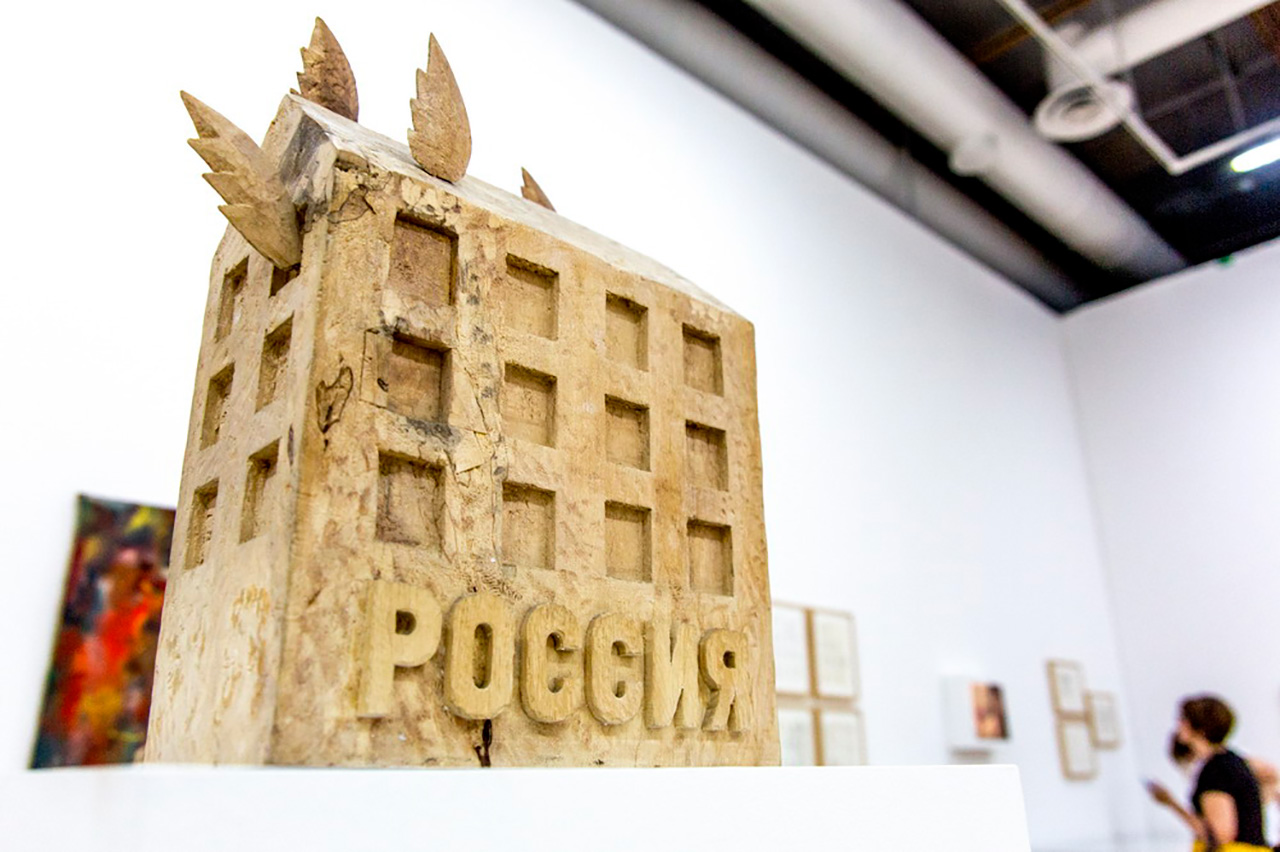 Showpieces of the "Kollektsia! Contemporary art in the USSR and Russia 1950-2000" exhibition. Source: The Vladimir Potanin Foundation
Showpieces of the "Kollektsia! Contemporary art in the USSR and Russia 1950-2000" exhibition. Source: The Vladimir Potanin Foundation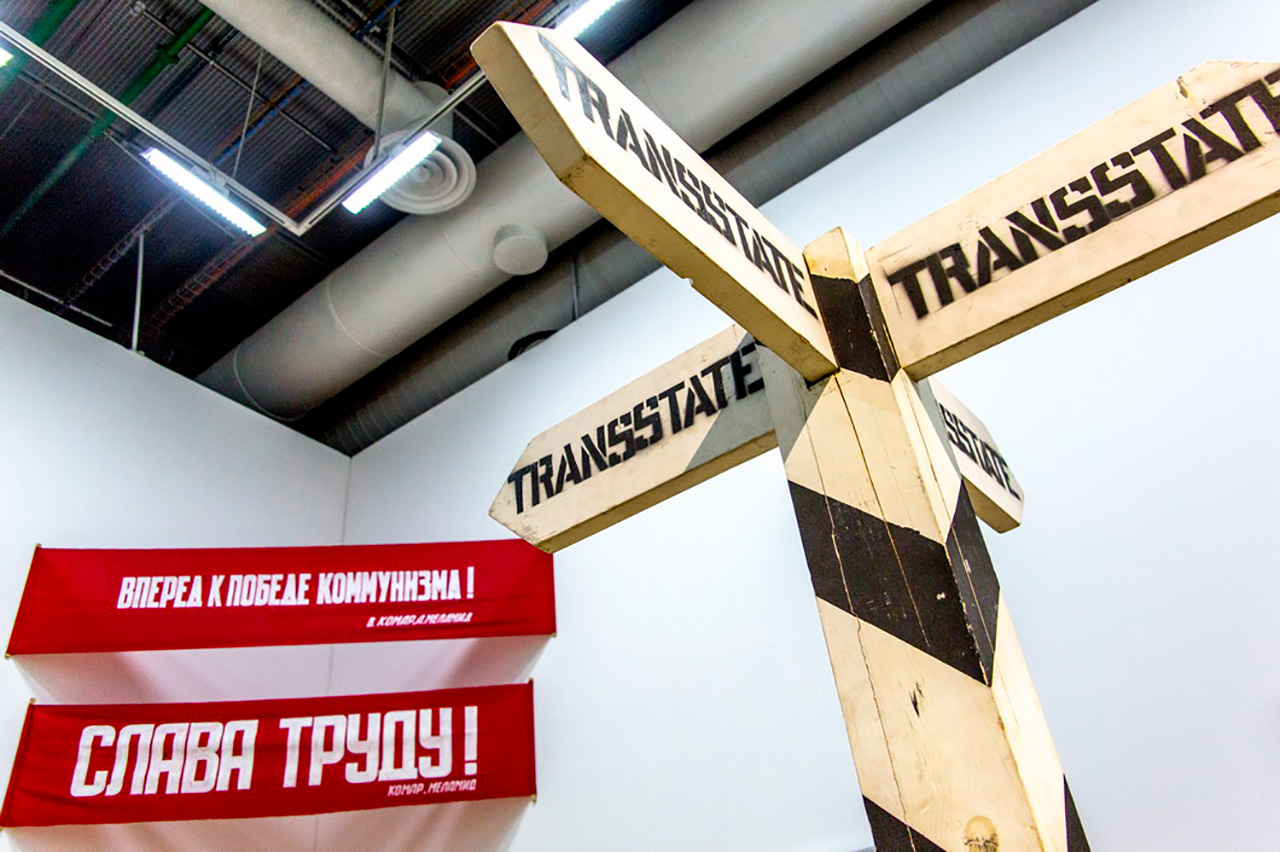 Showpieces of the "Kollektsia! Contemporary art in the USSR and Russia 1950-2000" exhibition. Source: The Vladimir Potanin Foundation
Showpieces of the "Kollektsia! Contemporary art in the USSR and Russia 1950-2000" exhibition. Source: The Vladimir Potanin FoundationI think Moscow Conceptualism is especially well received abroad, and I’ve met some of its prominent members during my visits in Moscow and other cities — Andrey Monastyrsky, Igor Makarevitch and Elena Elagina, the brothers Mironenko, Vadim Zakharov, Yuri Albert, and Yuri Leidermann.
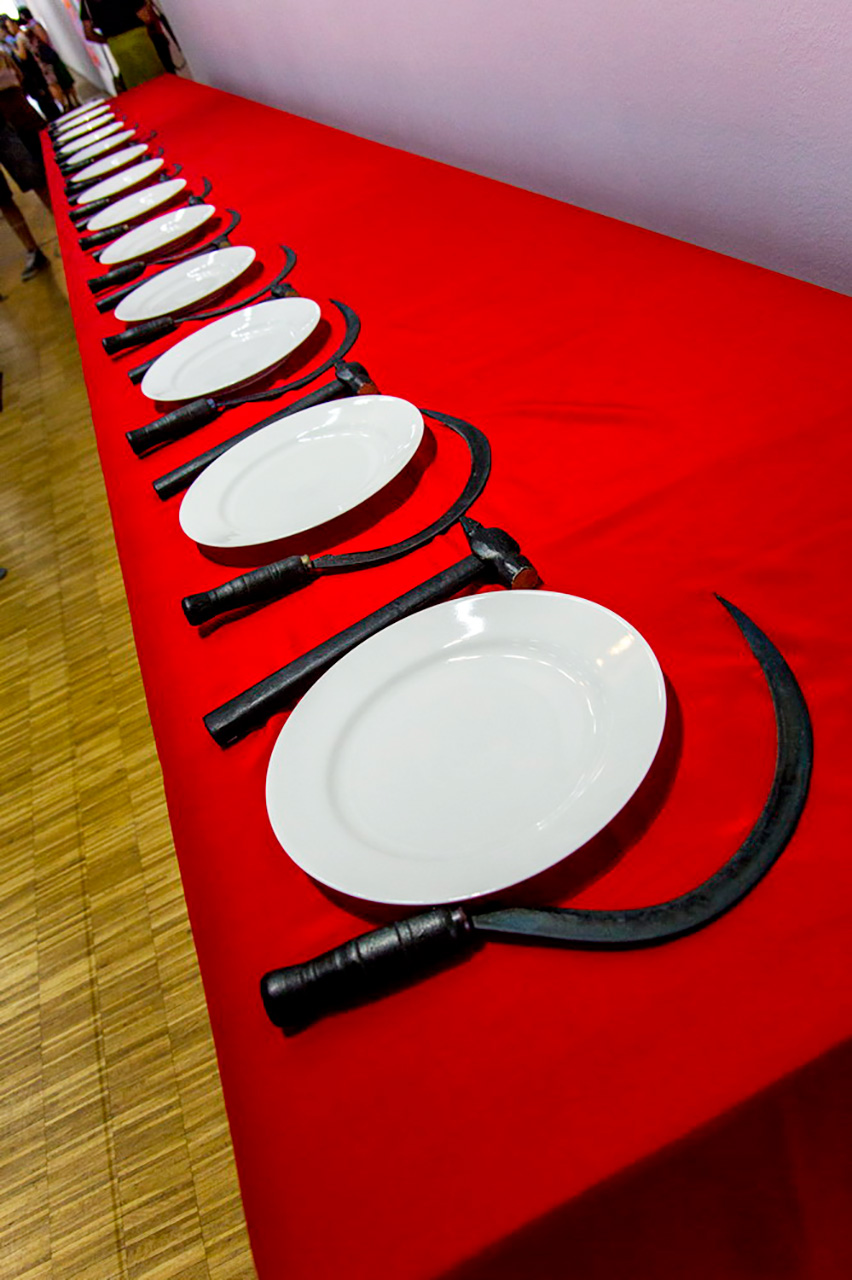 Showpieces of the "Kollektsia! Contemporary art in the USSR and Russia 1950-2000" exhibition. Source: The Vladimir Potanin Foundation
Showpieces of the "Kollektsia! Contemporary art in the USSR and Russia 1950-2000" exhibition. Source: The Vladimir Potanin Foundation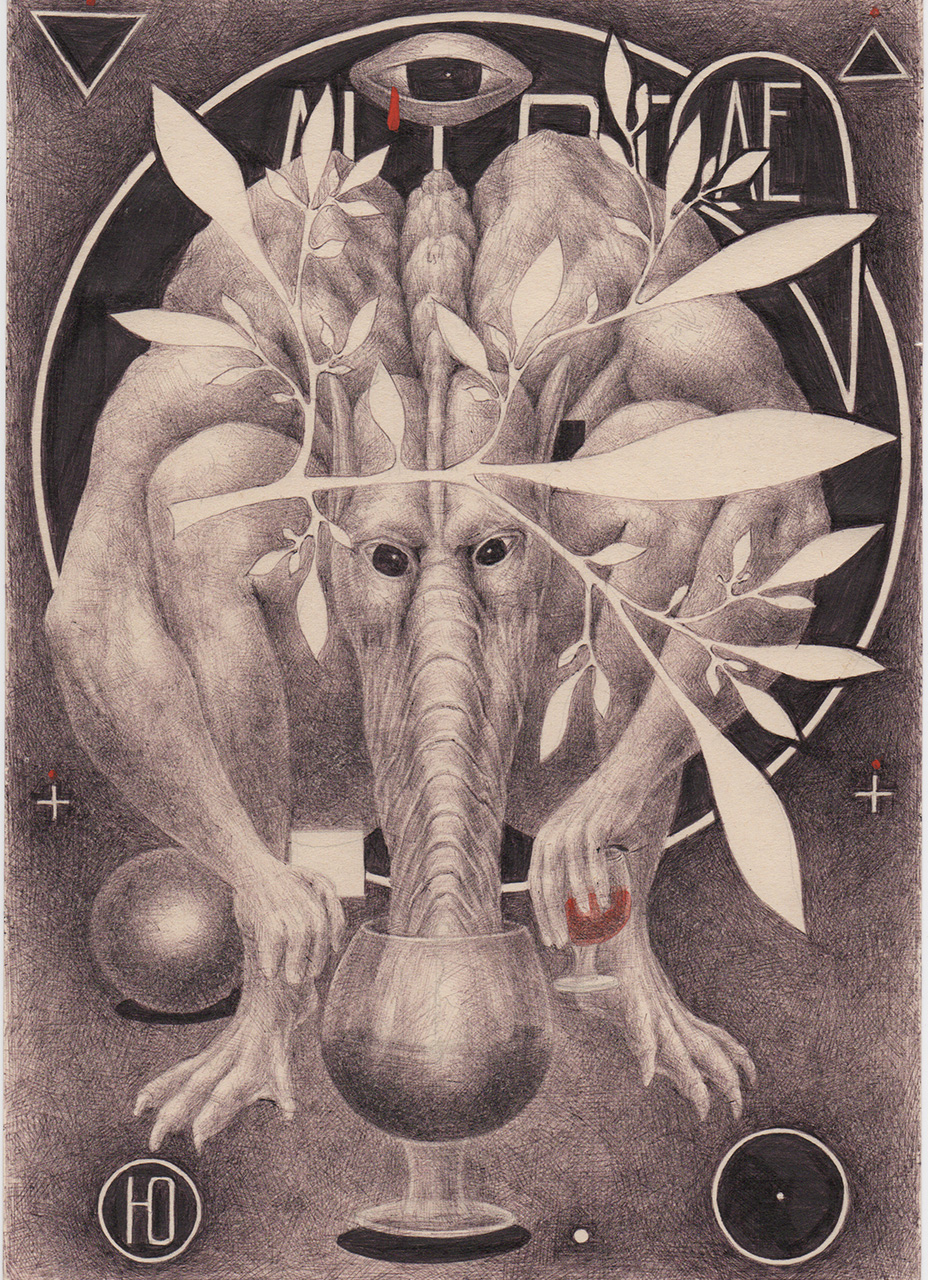 Showpieces of the "Kollektsia! Contemporary art in the USSR and Russia 1950-2000" exhibition. Source: The Vladimir Potanin Foundation
Showpieces of the "Kollektsia! Contemporary art in the USSR and Russia 1950-2000" exhibition. Source: The Vladimir Potanin FoundationAfter I got to know these people, I realized that the fairly standard term of ‘conceptualism’ actually concealed an extremely original artistic style based more on Russian traditions than international conceptual art. I have also passed a lot of time in the company of Nadya Burova, the widow of Dmitry Prigov. Through her, I could appreciate the full scale of this demiurge of an artist… as well as the heritage left by him for the younger generations.
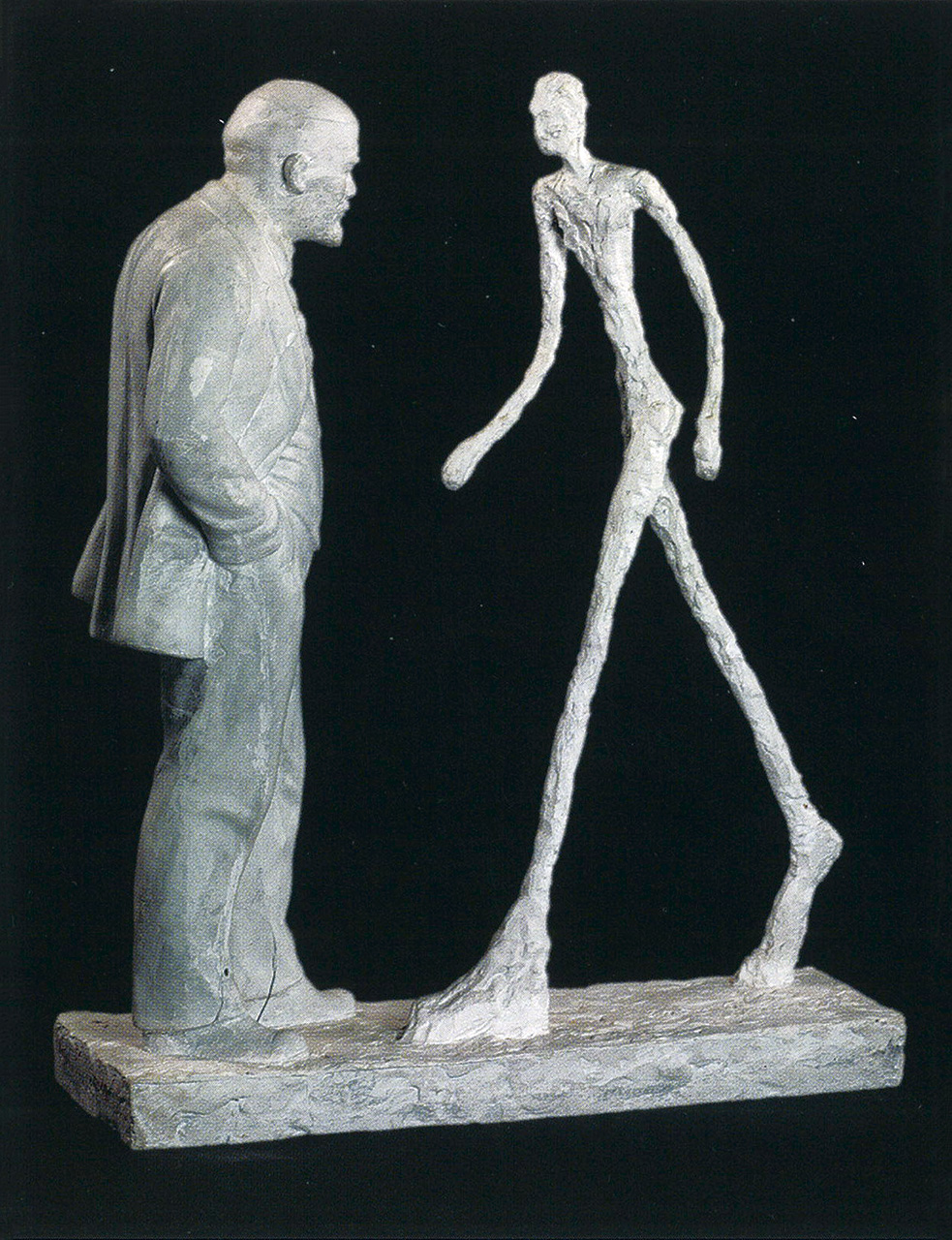 Showpieces of the "Kollektsia! Contemporary art in the USSR and Russia 1950-2000" exhibition. Source: The Vladimir Potanin Foundation
Showpieces of the "Kollektsia! Contemporary art in the USSR and Russia 1950-2000" exhibition. Source: The Vladimir Potanin FoundationIf using any of Russia Beyond's content, partly or in full, always provide an active hyperlink to the original material.
Subscribe
to our newsletter!
Get the week's best stories straight to your inbox